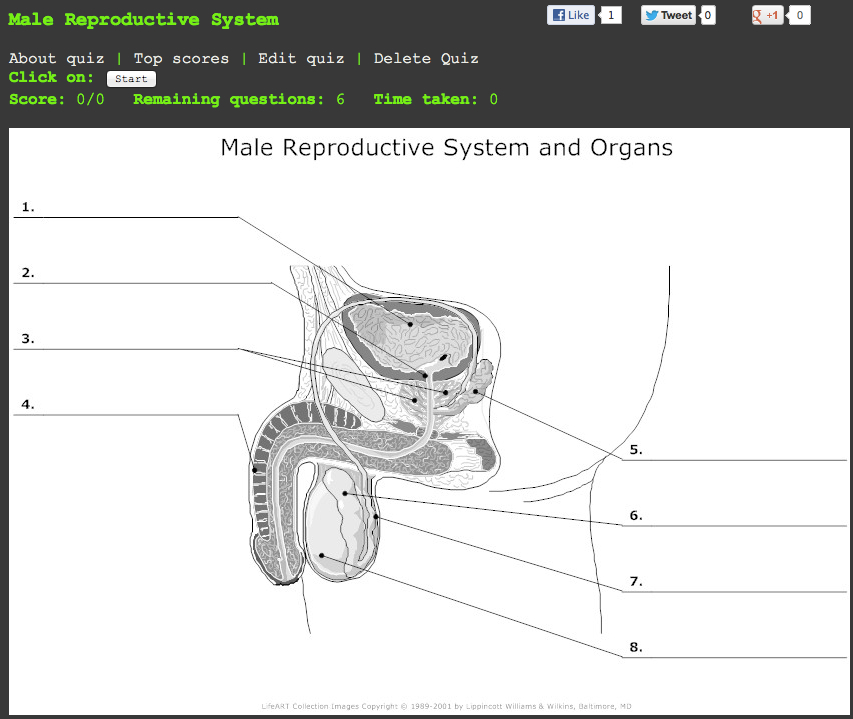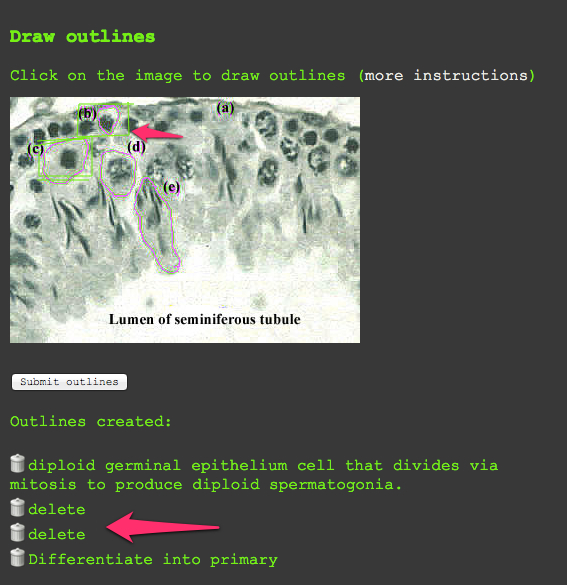Perplexity and Why I Love Dan Meyer
I came across a Youtube video of a keynote that Dan Meyer gave entitled Teaching for Perplexity. A colleague of mine has been a big fan of his for a while, but I just figured that it was probably a "math teacher" thing. You know how that goes. Though I have read some of his blog posts, it wasn't until I saw this video that I fell head over heels in love with his mission and his approach to teaching. Paul Andersen, watch out! I fear you have some competition for my #1 educator crush. I identify completely with his purpose, and he articulates it so perfectly with this idea of perplexity. So if you haven't seen him speak about this yet, stop reading and watch the video.
Allow me to rephrase the question that guides his practice for my own selfish purposes.
How do you generate engaging and challenging curriculum from the BIOLOGY you encounter in your own life?
A couple of weeks ago, I received this text message from a friend:
So on my way home, I saw yet another albino. It seems like there are quite a few of them here. Is this because they are more noticeable here than in Caucasian populations or is there a biological explanation? No hurry answering, its just a lingering wondering.
Friend CAPTURED PERPLEXITY.
We are starting genetics in class tomorrow, so after receiving this text, I threw out my lesson plan and decided to teach genes, chromosomes, and mutations using a collaborative learning approach to answering this question. I created a Google Doc with the following instructions:
(copy of text message)
I have decided to send this out to you guys to collaborate on an answer and get back to her.
What do we need to know? Hint: Your first step better be to address the syllabus topics in 4.1. :-) (see where I am going with this?)
Having said that, what ELSE do you need to know to accurately and completely answer her question.
Identify your big buckets here (add additional buckets if needed):
This is a collaborative doc. I expect to see all of you contributing to this doc. You will indicate your contributions by selecting a color and including your name in parentheses after your contribution. Since this is an open ended question, there is room for everyone to spin off and investigate a part of this question on your own. It needs to be completed before the next class. If you have any questions, don’t hesitate to ask. I will not be "teaching" 4.1.1-4.1.3 as I expect you to learn these syllabus statements through your research. We will discuss the answer to this question as well as evidence for 4.1.4 in class on Wednesday. I will be checking on this doc to monitor your progress and add my two rupees from time to time!
I SHARED PERPLEXITY.
Right now as I write this post, my students are on fire on the doc. They have already defined and identified the mutations and chromosomes and modes of transmission that are responsible for the four different types of albinism along with the characteristics of each. They are analyzing data (graphs and stats) and even looking at gel electrophoresis and pedigrees. They are also beginning to toss around theories regarding the social and cultural practices of Indians that could impact the incidence of albinism in the country.
They are even exploring tangents: :-)
"Of course, in the winter an albino animal would have excellent camouflage." Hmmmm....
Sounds to me like they are in the process of RESOLVING PERPLEXITY.
At the end of this assignment, we might have an answer, we might not. My takeaways:
- I will not have to lecture tomorrow about genes, chromosomes, and mutations.
- We have abandoned rote memorization and replaced it with a great learning experience.
- My students are not just learning about genetics at the moment. They are analyzing data, critically evaluating resources and information, exploring tangents, making connections and framing it all in a cultural setting that they experience on a daily basis.
- I am totally stoked about class tomorrow and can't wait to dig into the mess that they have created with their exploration.
Up next for discussion? Sickle Cell Anemia vs. Malaria: How can something so bad be so good?
So thank you, Dan, for giving me the words to articulate what it is that I do. I will be sure to share our findings once we unravel this mystery. But for now, I must go add some probing questions to the doc to send them all further down this rabbit hole of perplexity!
Update: My class's summary answer to this perplexing question can be found in the following post.







